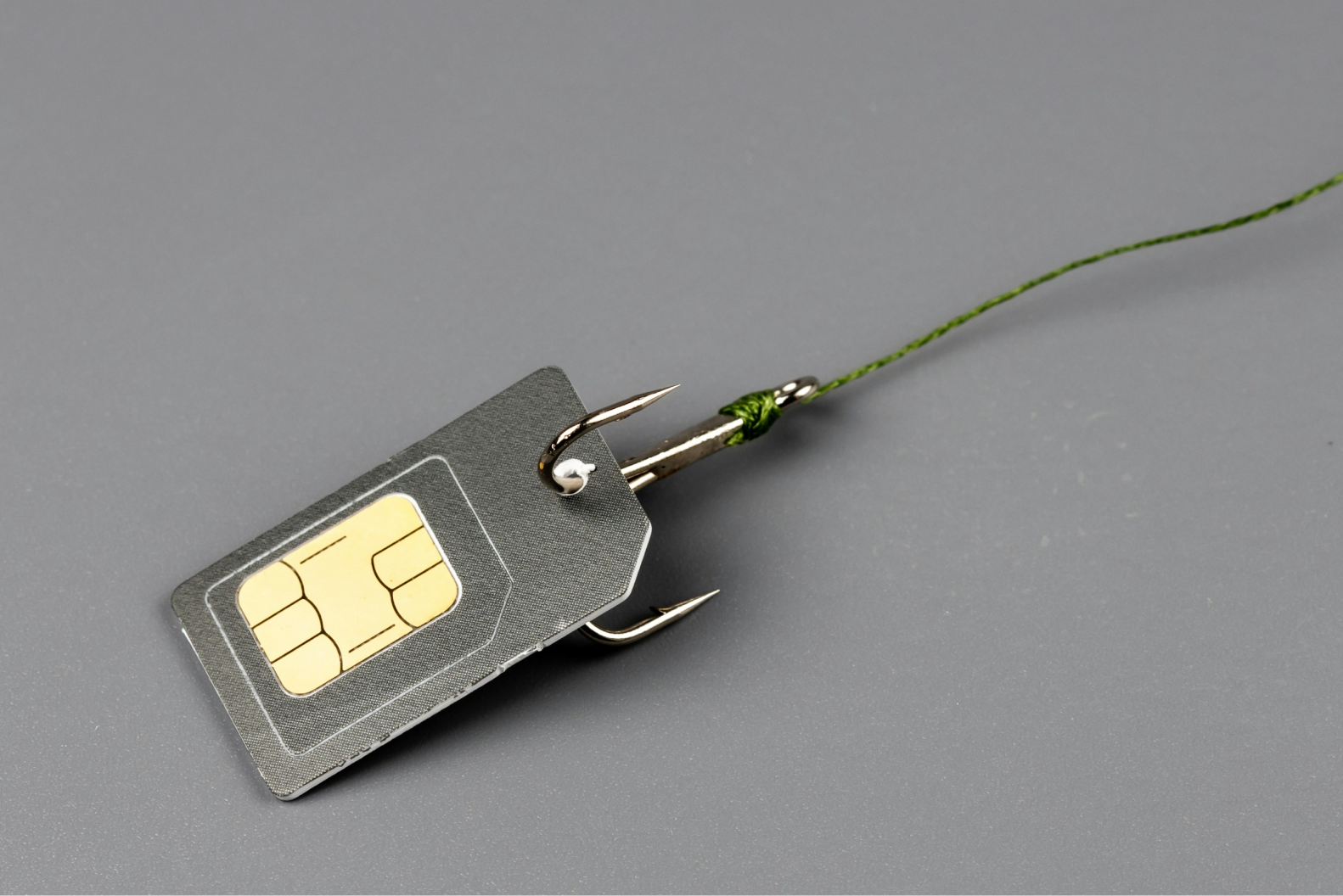SIM Access Class Barring and Overload Protection
When SIM cards are manufactured they are individually programmed with one of 16 levels of priority (0-15). This is used as one of the ways cellular operators manage connections on their radio network.
These priority levels enable the operators to block or allow access to the network based on the preprogramed access class. The highest level (15) is used exclusively for cellular operations and engineering teams to commission new cell sites and recover operations under failure scenarios.
xWhen the site is turned on the engineers lock the cell site to only allow Class 15 SIMs so that they can test without their results being influenced by other users as well as ensuring the service is working before general users connect to the cell site. The types of tests conducted by an engineer when commissioning a new site includes; basic connectivity, configuration with core networks, validation of services, programming of neighbouring cell sites to enable in-call handover, throughput testing, coverage validation both unloaded and under load, spectrum band priority and individual spectrum band configurations.
The 3GPP standards recommend different SIM classes for different user groups. Access classes 0-9 are assigned randomly to SIM cards that are provided to customers of the cellular operators.
SIM Access Classes:
— 15 – PLMN Staff
— 14 – Emergency Services
— 13 – Public Utilities (e.g. water/gas suppliers)
— 12 – Security Services
— 11 – For PLMN Use
— 10 – Emergency Call
— 0-9 – For PLMN Use;
Note: PLMN – Public Land Mobile Network aka Cellular Operator
As per the 3GPP standards (TS22.011) we are recommending that PSN SIMs are programmed as Class 14 with Class 13 as a lower priority for non-emergency services agencies who might join PSN much later.
The SIM Access Classes only relate to a device being able to authenticate to enable connection to the cell site. The SIM Access class has no influence over any of the other priority or pre-emption capability of the cellular network such as Access and Retention Priority (ARP) and Quality of Service Class Identifiers (QCI) features.
Blocking SIMs from authenticating on a cell site is one of the potential mechanisms used to recover a cell site after/during a major service outage.
This mechanism know as SIM Access Class Barring can only be initiated by a network operations process. In theory the activation of access class barring could be an automated process but due to the severe nature of possible customer disruption this is usually a manual intervention process by the network operations staff. Any activation of access class barring starts with dropping and barring all devices/SIMs on a cell site and then allowing access back onto the site one group of SIM cards at a time based on their Access Class. This enables a slow ramp up in the number of customers and associated traffic to protect from further overloading.
Usually overload protection using SIM classes is handled simultaneously with limiting specific services at the same time. Consumer internet traffic is usually the first service that is either inhibited or limited during a congestion control or overload protection scenario.
The 3GPP standards allow for access classes 11-15 to be managed on the customers home network and, by agreement, on other networks in the same country. When a SIM card is roaming internationally access classes 11-15 are treated the same as classes 0-9.


